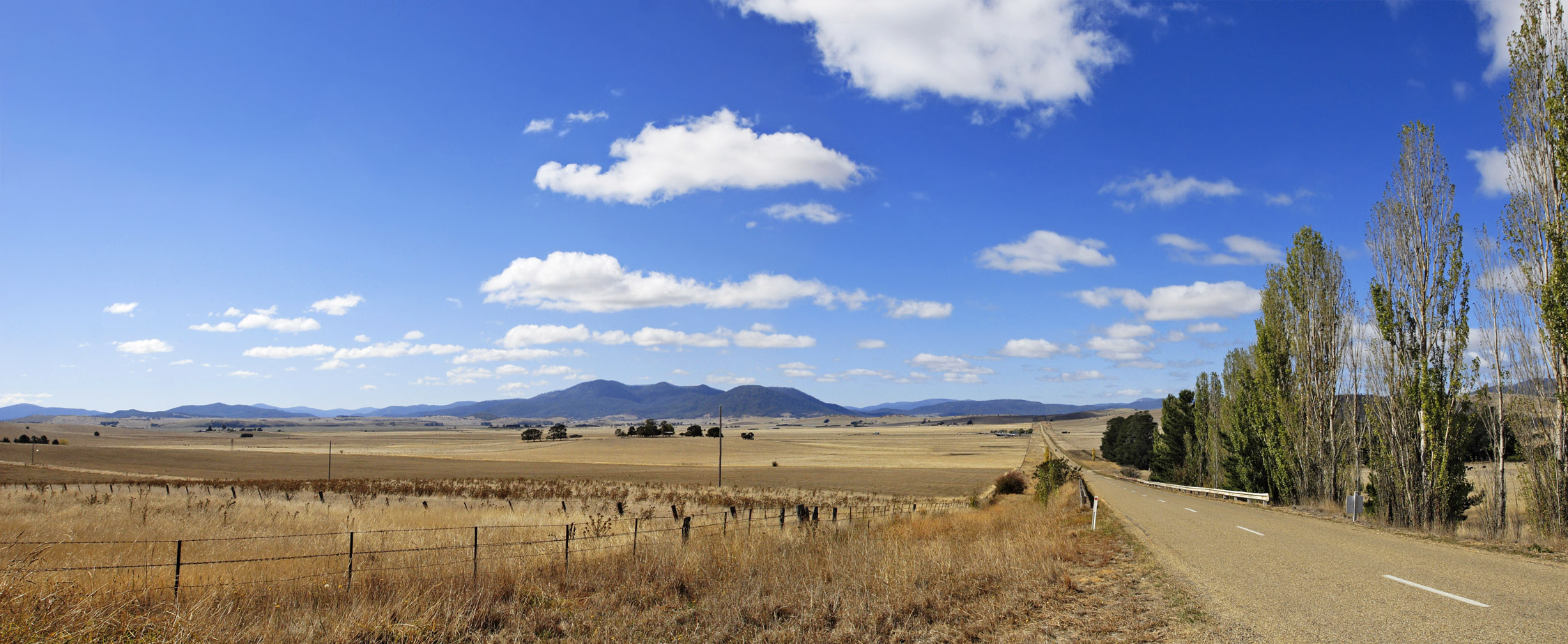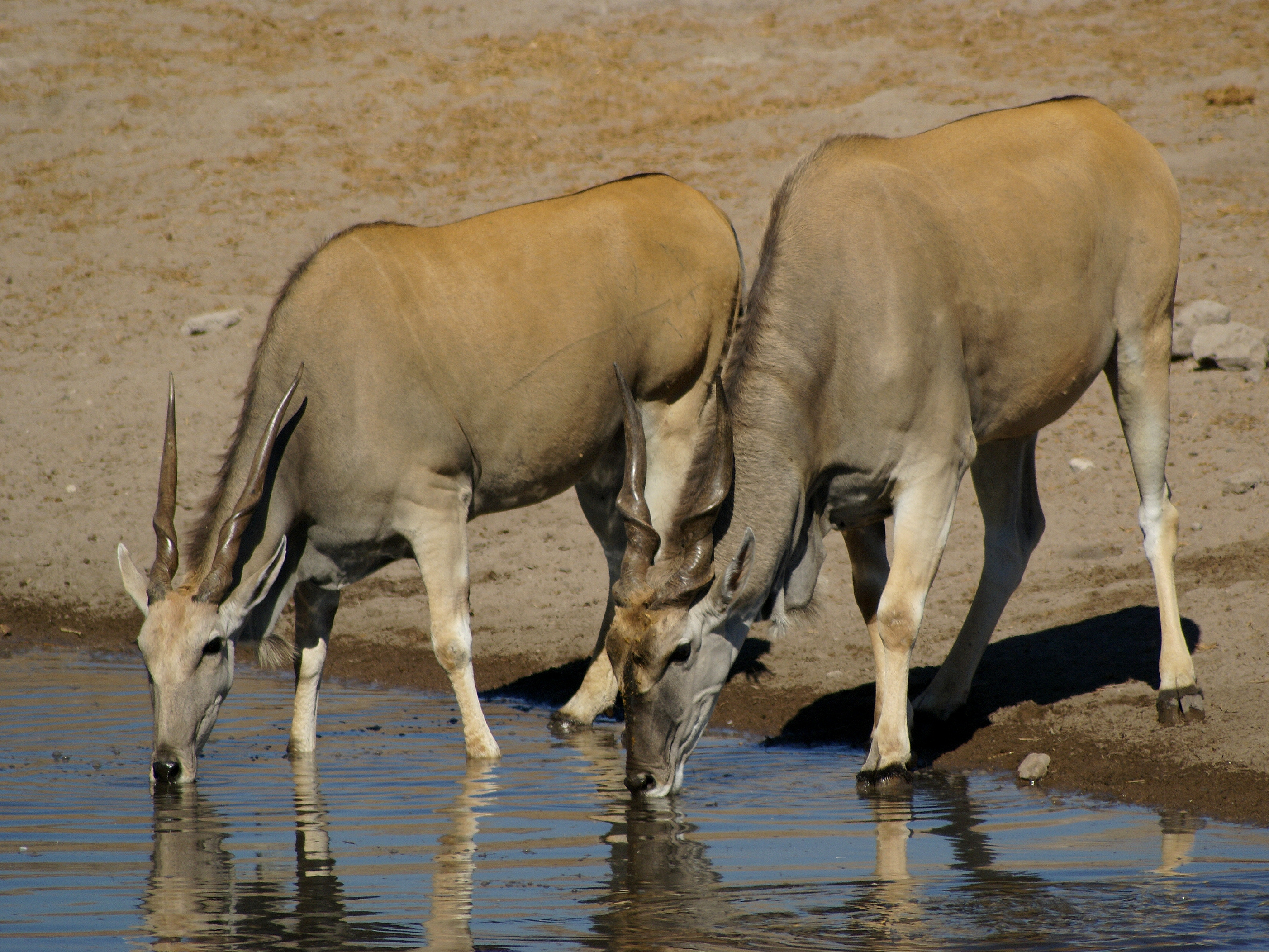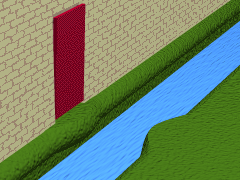|
Silver Arowana
The silver arowana (''Osteoglossum bicirrhosum'') is a South American freshwater bony fish of the family Osteoglossidae. Silver arowanas are sometimes kept in aquariums, but they are predatory and require a very large tank. The generic name ''Osteoglossum'' means "bone-tongued" and the specific name ''bicirrhosum'' means "two barbels" (from the Greek language). Range and habitat This South American species is native to the Amazon, Essequibo and Oyapock basins. It is absent from the Rio Negro basin, except the Branco River, which is inhabited by both silver and black arowanas. The silver arowana occurs in both black- and whitewater habitats, including flooded forests. Description This fish has relatively large scales, a long body, and a tapered tail, with the dorsal and anal fins extending all the way to the small caudal fin, with which they are nearly fused. Its maximum total length is typically considered to be , but there are reports of individuals up to . Unlike the black ... [...More Info...] [...Related Items...] OR: [Wikipedia] [Google] [Baidu] |
Georges Cuvier
Jean Léopold Nicolas Frédéric, baron Cuvier (23 August 1769 – 13 May 1832), known as Georges Cuvier (; ), was a French natural history, naturalist and zoology, zoologist, sometimes referred to as the "founding father of paleontology". Cuvier was a major figure in natural sciences research in the early 19th century and was instrumental in establishing the fields of comparative anatomy and paleontology through his work in comparing living animals with fossils. Cuvier's work is considered the foundation of vertebrate paleontology, and he expanded Linnaean taxonomy by grouping classes into phylum, phyla and incorporating both fossils and living species into the classification. Cuvier is also known for establishing extinction as a fact—at the time, extinction was considered by many of Cuvier's contemporaries to be merely controversial speculation. In his ''Essay on the Theory of the Earth'' (1813) Cuvier proposed that now-extinct species had been wiped out by periodic catastr ... [...More Info...] [...Related Items...] OR: [Wikipedia] [Google] [Baidu] |
Meristics
Meristics is an area of zoology and botany which relates to counting quantitative features of animals and plants, such as the number of fins or scales in fish. A meristic (countable trait) can be used to describe a particular species, or used to identify an unknown species. Meristic traits are often described in a shorthand notation called a ''meristic formula''. Meristic characters are the countable structures occurring in series (e.g. myomeres, vertebrae, fin rays). These characters are among the characters most commonly used for differentiation of species and populations. In the salmonids, scale counts have been most widely used for the differentiation of populations within species. In rainbow and steelhead trout the most notable differences among populations occur in counts of scales. Meristic comparison is used in phenetic and cladistic analysis. Meristic analysis A meristic study is often a difficult task. For example, counting the features of a fish is not as easy as ... [...More Info...] [...Related Items...] OR: [Wikipedia] [Google] [Baidu] |
Siltation
Siltation is water pollution caused by particulate terrestrial clastic material, with a particle size dominated by silt or clay. It refers both to the increased concentration of suspended sediments and to the increased accumulation (temporary or permanent) of fine sediments on bottoms where they are undesirable. Siltation is most often caused by soil erosion or sediment spill. It is sometimes referred to by the ambiguous term "sediment pollution", which can also refer to a chemical contamination of sediments accumulated on the bottom, or to pollutants bound to sediment particles. Although "siltation" is not perfectly stringent, since it also includes particle sizes other than silt, it is preferred for its lack of ambiguity. Causes The origin of the increased sediment transport into an area may be erosion on land or activities in the water. In rural areas, the erosion source is typically soil degradation by intensive or inadequate agricultural practices, leading to soil ... [...More Info...] [...Related Items...] OR: [Wikipedia] [Google] [Baidu] |
Deforestation
Deforestation or forest clearance is the removal and destruction of a forest or stand of trees from land that is then converted to non-forest use. Deforestation can involve conversion of forest land to farms, ranches, or urban use. About 31% of Earth's land surface is covered by forests at present. This is one-third less than the forest cover before the expansion of agriculture, with half of that loss occurring in the last century. Between 15 million to 18 million hectares of forest, an area the size of Bangladesh, are destroyed every year. On average 2,400 trees are cut down each minute. Estimates vary widely as to the extent of deforestation in the tropics. In 2019, nearly a third of the overall tree cover loss, or 3.8 million hectares, occurred within humid tropical primary forests. These are areas of mature rainforest that are especially important for biodiversity and carbon storage. The direct cause of most deforestation is agriculture by far. More than ... [...More Info...] [...Related Items...] OR: [Wikipedia] [Google] [Baidu] |
Drought
A drought is a period of drier-than-normal conditions.Douville, H., K. Raghavan, J. Renwick, R.P. Allan, P.A. Arias, M. Barlow, R. Cerezo-Mota, A. Cherchi, T.Y. Gan, J. Gergis, D. Jiang, A. Khan, W. Pokam Mba, D. Rosenfeld, J. Tierney, and O. Zolina, 2021Water Cycle Changes. In Climate Change 2021: The Physical Science Basis. Contribution of Working Group I to the Sixth Assessment Report of the Intergovernmental Panel on Climate Change [Masson-Delmotte, V., P. Zhai, A. Pirani, S.L. Connors, C. Péan, S. Berger, N. Caud, Y. Chen, L. Goldfarb, M.I. Gomis, M. Huang, K. Leitzell, E. Lonnoy, J.B.R. Matthews, T.K. Maycock, T. Waterfield, O. Yelekçi, R. Yu, and B. Zhou (eds.)]. Cambridge University Press, Cambridge, United Kingdom and New York, NY, USA, pp. 1055–1210, doi:10.1017/9781009157896.010. A drought can last for days, months or years. Drought often has large impacts on the ecosystems and agriculture of affected regions, and causes harm to the local economy. Annua ... [...More Info...] [...Related Items...] OR: [Wikipedia] [Google] [Baidu] |
World Wide Fund For Nature
The World Wide Fund for Nature (WWF) is a Swiss-based international non-governmental organization founded in 1961 that works in the field of wilderness preservation and the reduction of human impact on the environment. It was formerly named the World Wildlife Fund, which remains its official name in Canada and the United States. WWF is the world's largest conservation organization, with over 5 million supporters worldwide, working in more than 100 countries and supporting around 3,000 conservation and environmental projects. It has invested over $1 billion in more than 12,000 conservation initiatives since 1995. WWF is a foundation with 65% of funding from individuals and bequests, 17% from government sources (such as the World Bank, FCDO, and USAID) and 8% from corporations in 2020. WWF aims to "stop the degradation of the planet's natural environment and to build a future in which humans live in harmony with nature." '' Living Planet Report'' has been published every two ... [...More Info...] [...Related Items...] OR: [Wikipedia] [Google] [Baidu] |
Conservation Status
The conservation status of a group of organisms (for instance, a species) indicates whether the group still exists and how likely the group is to become extinct in the near future. Many factors are taken into account when assessing conservation status: not simply the number of individuals remaining, but the overall increase or decrease in the population over time, breeding success rates, and known threats. Various systems of conservation status are in use at international, multi-country, national and local levels, as well as for consumer use such as sustainable seafood advisory lists and certification. The two international systems are by the International Union for Conservation of Nature (IUCN) and The Convention on International Trade in Endangered Species of Wild Fauna and Flora (CITES). International systems IUCN Red List of Threatened Species The IUCN Red List of Threatened Species by the International Union for Conservation of Nature is the best known worldwide conse ... [...More Info...] [...Related Items...] OR: [Wikipedia] [Google] [Baidu] |
IUCN Red List
The International Union for Conservation of Nature (IUCN) Red List of Threatened Species, also known as the IUCN Red List or Red Data Book, founded in 1964, is an inventory of the global conservation status and extinction risk of biological species. A series of Regional Red Lists, which assess the risk of extinction to species within a political management unit, are also produced by countries and organizations. The goals of the Red List are to provide scientifically based information on the status of species and subspecies at a global level, to draw attention to the magnitude and importance of threatened biodiversity, to influence national and international policy and decision-making, and to provide information to guide actions to conserve biological diversity. Major species assessors include BirdLife International, the Institute of Zoology (the research division of the Zoological Society of London), the World Conservation Monitoring Centre, and many Specialist Groups w ... [...More Info...] [...Related Items...] OR: [Wikipedia] [Google] [Baidu] |
Least Concern
A least-concern species is a species that has been evaluated and categorized by the International Union for Conservation of Nature (IUCN) as not being a focus of wildlife conservation because the specific species is still plentiful in the wild. They do not qualify as threatened, near threatened, or (before 2001) conservation dependent. Species cannot be assigned the "Least Concern" category unless they have had their population status evaluated. That is, adequate information is needed to make a direct, or indirect, assessment of its risk of extinction based on its distribution or population status. Evaluation Since 2001 the category has had the abbreviation "LC", following the IUCN 2001 Categories & Criteria (version 3.1). Before 2001 "least concern" was a subcategory of the " Lower Risk" category and assigned the code "LR/lc" or lc. Around 20% of least concern taxa (3261 of 15,636) in the IUCN database still use the code "LR/lc", which indicates they have not been re- ... [...More Info...] [...Related Items...] OR: [Wikipedia] [Google] [Baidu] |
CITES
CITES (shorter acronym for the Convention on International Trade in Endangered Species of Wild Fauna and Flora, also known as the Washington Convention) is a multilateral treaty to protect endangered plants and animals from the threats of international trade. It was drafted as a result of a resolution adopted in 1963 at a meeting of members of the International Union for Conservation of Nature (IUCN). The convention was opened for signature in 1973 and CITES entered into force on 1 July 1975. Its aim is to ensure that international trade (import/export) in specimens of animals and plants included under CITES does not threaten the survival of the species in the wild. This is achieved via a system of permits and certificates. CITES affords varying degrees of protection to more than 40,900 species. , the Secretary-General of CITES is Ivonne Higuero. Background CITES is one of the largest and oldest conservation and sustainable use agreements in existence. There are three workin ... [...More Info...] [...Related Items...] OR: [Wikipedia] [Google] [Baidu] |
Drawbridge
A drawbridge or draw-bridge is a type of moveable bridge typically at the entrance to a castle or tower surrounded by a moat. In some forms of English, including American English, the word ''drawbridge'' commonly refers to all types of moveable bridges, such as bascule bridges, vertical-lift bridges and swing bridges, but this article concerns the narrower historical definition where the bridge is used in a defensive structure. As used in castles or defensive structures, drawbridges provide access across defensive structures when lowered, but can quickly be raised from within to deny entry to an enemy force. Castle drawbridges Middle Ages, Medieval castles were usually defended by a ditch or moat, crossed by a wooden bridge. In early castles, the bridge might be designed to be destroyed or removed in the event of an attack, but drawbridges became very common. A typical arrangement would have the drawbridge immediately outside a gatehouse, consisting of a wooden Deck (bridge), ... [...More Info...] [...Related Items...] OR: [Wikipedia] [Google] [Baidu] |
Crab
Crabs are decapod crustaceans of the infraorder Brachyura (meaning "short tailed" in Greek language, Greek), which typically have a very short projecting tail-like abdomen#Arthropoda, abdomen, usually hidden entirely under the Thorax (arthropod anatomy), thorax. Their exoskeleton is often Sclerotization, thickened and hard. They generally have Arthropod leg, five pairs of legs, and they have "Pincers (tool), pincers" or "claws" on the ends of the frontmost pair, scientifically termed the ''chelae''. They are present in all the world's oceans, Freshwater crab, in freshwater, and Terrestrial crab, on land, often hiding themselves in small crevices or burrowing into sediment. Crabs are omnivores, feeding on a variety of food, including a significant proportion of Algae eater, algae, as well as Detritivore, detritus and other invertebrates. Crab meat, Crabs are widely consumed by humans as food, with over 1.5 million tonnes Crab fisheries, caught annually. True crabs first appeared ... [...More Info...] [...Related Items...] OR: [Wikipedia] [Google] [Baidu] |






